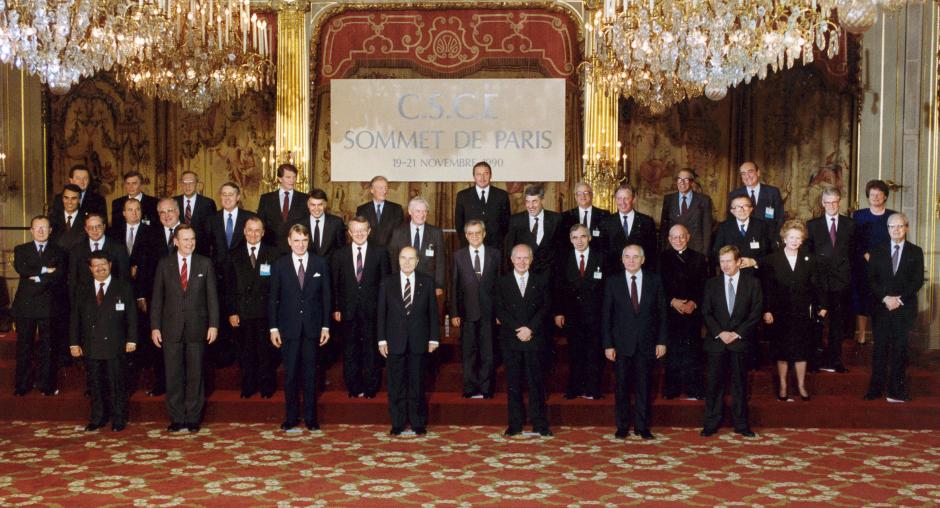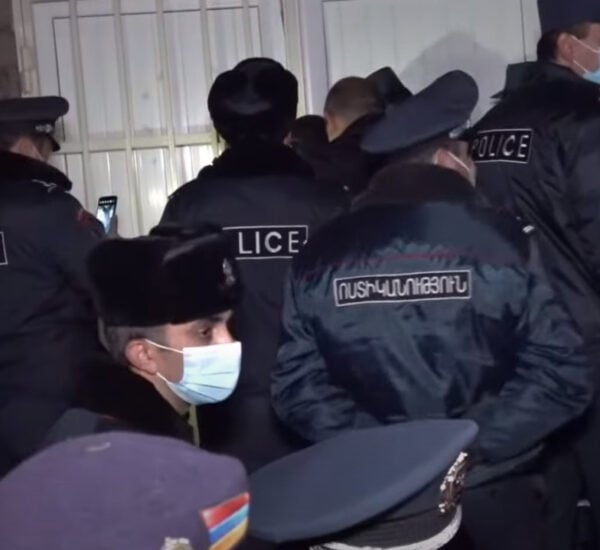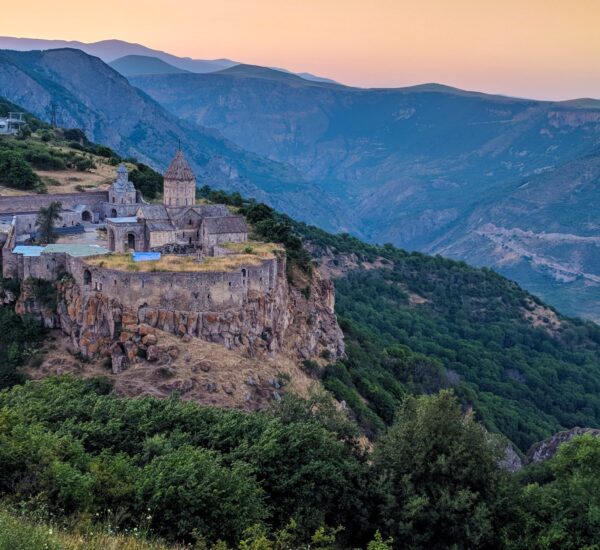Once again, a conflict broke out between Հայաստան և Ադրբեջան, two former Soviet republics in the Caucasus region. In the middle of this decades-long conflict in the Nagorno-Karabakh region, a region recognized as a part of Azerbaijan, but is controlled by ethnic Armenians. These two countries waged a bloody war for the area in the late 1980s and early 1990s.
Tens of thousands of people lost their lives during the war that officially ended in 1994, and millions have fled their homes. And although they declared a truce, they never managed to agree on a peace agreement, so the conflict was never completely stopped, reaching its boiling point in September 2020.
As a first step, we should recognize that the Armenian people’s fight for national self-determination is first and foremost the duty and task of the Armenian people themselves. We do not believe in benevolent friends, the inevitable triumph of justice, or covertly and cleverly manipulating the superpowers. If we are to achieve national self-determination, then we ourselves, the Armenian people, will have to fight for it. We believe in the power of organized masses and in the capacity of our people to determine their own future. We believe in revolution
Monte Melkonian, 1957–1993 Armenian Patriot & Nationalist
The History of Conflict: Nagorno Karabagh
The Caucasus is a strategically important mountainous region in Southeast Europe. For centuries, various forces in the region – both Christian and Muslim – have fought for control of it.
Modern Armenia and Azerbaijan became part of the Soviet Union when it was formed in the 1920s. Nagorno-Karabakh was an area with a majority ethnic Armenian population, but the Soviets gave control of the area to the Azerbaijani authorities.
Over the following decades, the Armenians in Nagorno-Karabakh repeatedly demanded that they be brought under Armenian rule. It was only when the collapse of the Soviet Union began in the late 1980s that the Nagorno-Karabakh regional parliament officially voted to join Armenia.
And while Azerbaijan tried to stifle this separatist movement, while Armenia supported it, this lead to ethnic conflicts and, ultimately, to war, once Armenia and Azerbaijan declared independence from Moscow.
The war counted many casualties and around million people displaced, with constant reports of ethnic cleansing and massacres on both sides. And right before Russia mediated a truce between these two countries in 1994, Armenian forces took control of Nagorno-Karabakh. But following the agreement, this region remained part of Azerbaijan but has since been largely ruled by a separatist self-proclaimed republic ruled by ethnic Armenians, supported by the Armenian government.
The Nagorno-Karabakh Contact Line was also established, separating Armenian and Azerbaijani forces.
Since then, peace talks have been launched with the mediation of the Minsk Group of the Organization for Security and Cooperation in Europe (OSCE)- a body established in 1992 and chaired by France, Russia, and the United States. But so far, the peace agreement has not been signed. Fighting continued for three decades, with the last serious incident occurring in 2016, when dozens of troops on both sides were killed.

The conflict is further complicated by geopolitics. NATO member Turkey was the first country to recognize Azerbaijan’s independence in 1991. Former Azeri President Heydar Aliyev once described them as “one nation in two states”. Both share Turkish culture and population, and Turkish President Recep Tayyip Erdogan has promised his country’s support to Azerbaijan. Moreover, Turkey has no official relations with Armenia. Turkey closed its borders with Armenia in 1993 in support of Azerbaijan during the Nagorno-Karabakh war.
At the same time, Armenia has good relations with Russia. There is a Russian military base in Armenia, and both are members of the military alliance of the Collective Security Treaty Organization (CSTO).
However, Vladimir Putin also has good relations with Azerbaijan, so Moscow has naturally asked for a cessation of hostilities.
Bogus Agreement
In 2018 a peaceful revolution took place, resulting in overthrowing their long-term ruler Serzh Sargsyan. The leader of these protests, Nikol Pashinyan, became prime minister the same year after free elections were held.
He agreed with Azerbaijani President Ilham Aliyev that tensions should be de-escalated, and they established the first military on-duty telephone connection between the two countries. But in 2019, both countries issued a statement stating that “concrete measures must be taken in order to prepare the population of both countries for peace.”
So far, however, none of this has materialized.
Once Again At War
It is not clear which country was the first to launch the latest violence, but tensions have been high for months, with first casualties on both sides in the July clashes. On September 27th, at 8:10 local time, the conflict had risen to a new level when Azerbaijani troops allegedly carried out artillery and airstrikes on places where civilians live, including the regional capital Stepanakert.
Military actions along the entire line of contact in Nagorno Karabakh continued despite third parties, including the member countries of the OSCE Minsk Group – France, Russia, and the US. In efforts to de-escalate the conflict, a meeting between the foreign ministers of Armenia and Azerbaijan was organized in Moscow.
The truce talks between the sides ended with an agreement to cease fire starting from October 10. The first attempt for a humanitarian ceasefire failed within minutes as Azerbaijan launched an attack five minutes after the cessation of hostilities was declared.
The large-scale attacks of Azerbaijani armed forces covered the entire territory of the conflict zone, with the Armenian side gradually withdrawing.
On October 26, when Azerbaijani armed forces had taken control over the village of Talish in Martakert district in the north, as well as a significant part of Jabrayil, Fizuli, and Zangelan districts in the southern part of Nagorno Karabakh, the second attempt to reach peace was made. This time, the ceasefire agreement was brokered by the United States.
The humanitarian ceasefire that was to start in the morning of October 26 was violated by Azerbaijan, yet again.
On November 9, as the sides kept suffering major losses in terms of human lives and armory, and in the case of Armenia also territorial, a trilateral ceasefire agreement brokered by Russia was signed. Under the terms of this agreement, Armenia and Azerbaijan stopped at their positions.
Armenia agreed to withdraw from the previously occupied territories of Nagorno Karabakh, returning to Azerbaijan the districts of Aghdam, Kelbajar, and Lachin.
Russian peacekeeping forces have settled in Nagorno Karabakh, along the entire line of contact between Artsakh and the newly acquired territories of Azerbaijan for a minimum of five years. The security of the Lachin corridor, the only road connecting Armenia to Artsakh, is also ensured by the Russian peacekeeping forces.
The sides also agreed to exchange the prisoners of war and unblock the economic and transport links in the region. A passage connecting the Republic of Azerbaijan to the autonomous republic of Nakhichevan should be provided.



